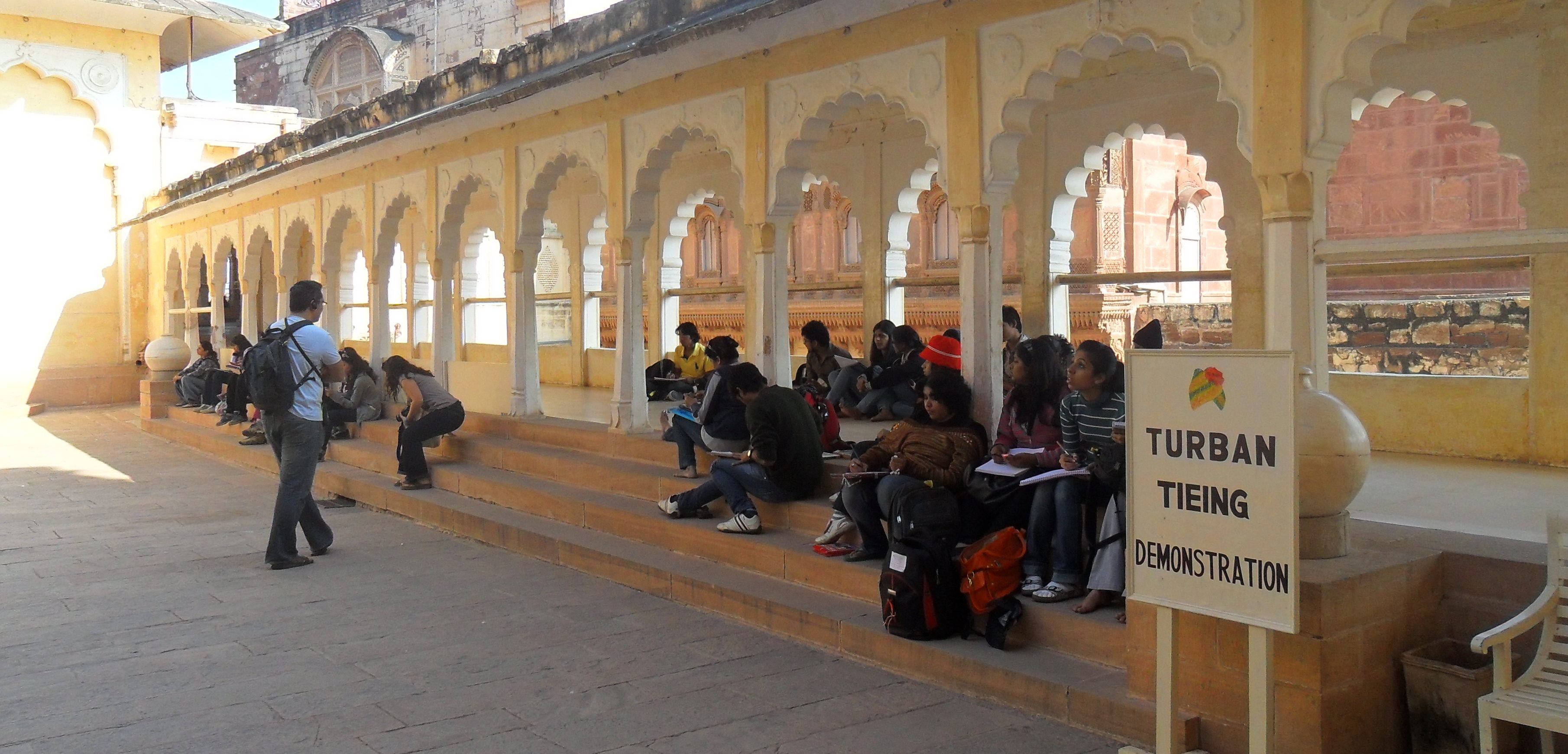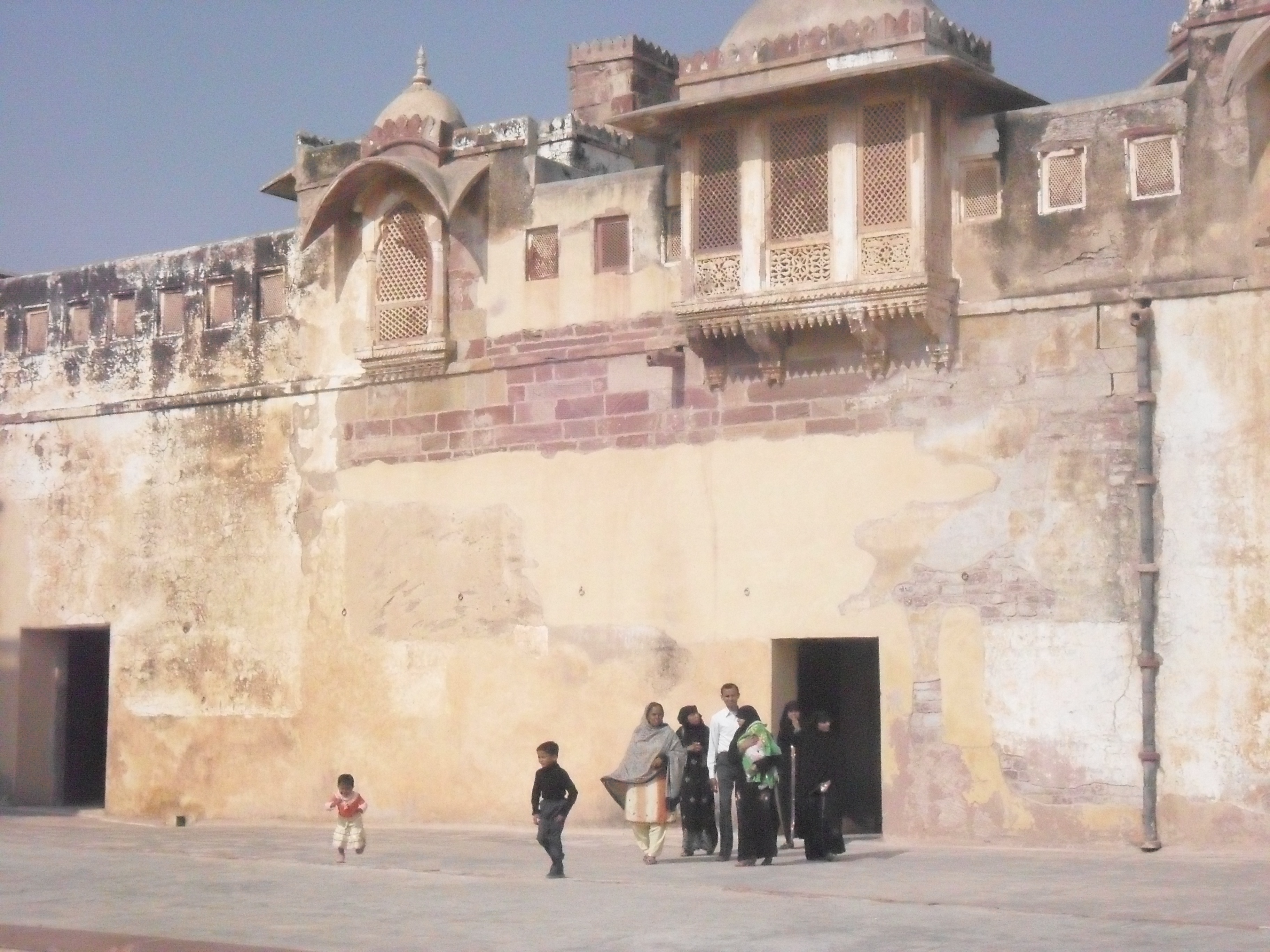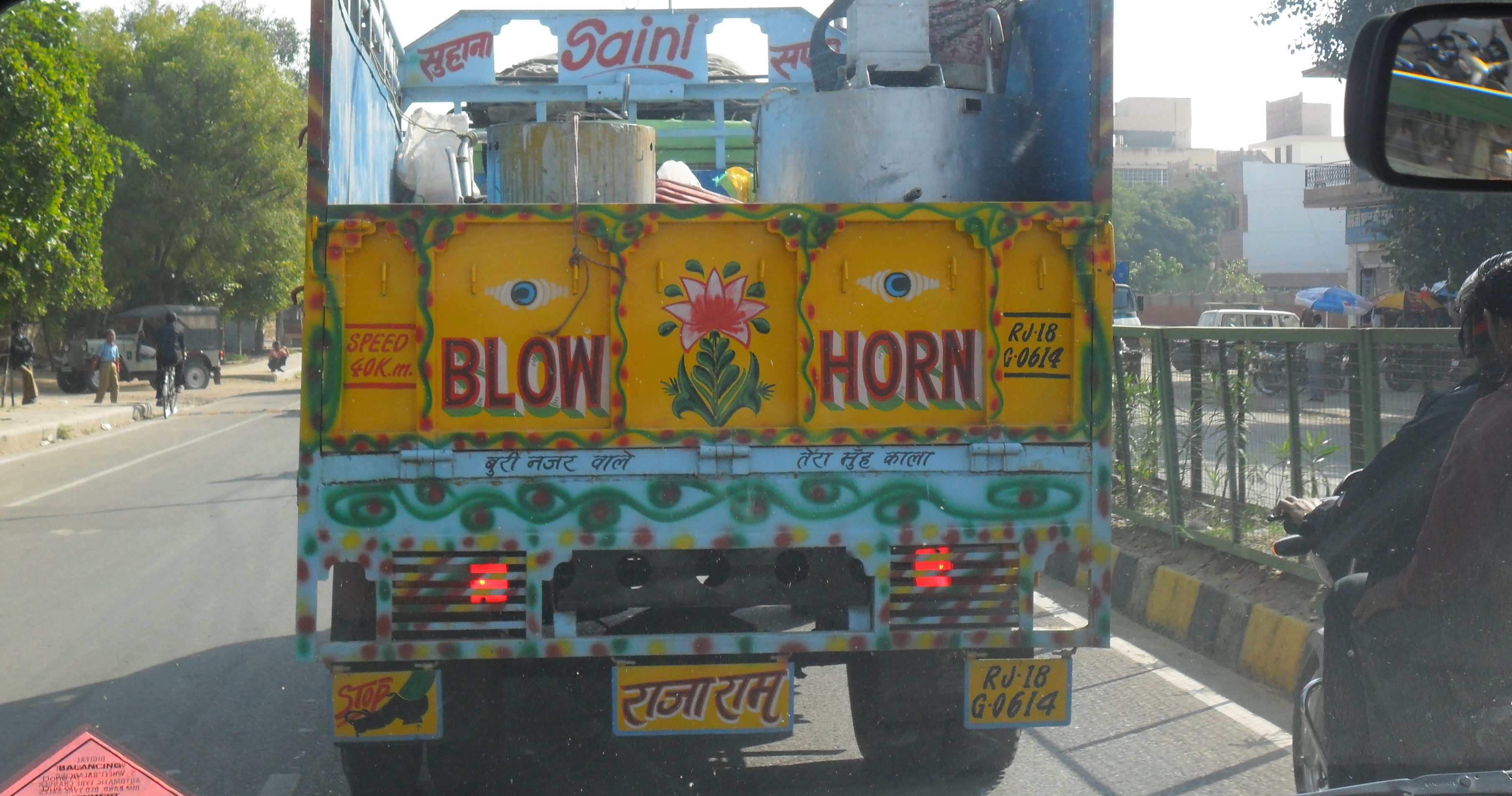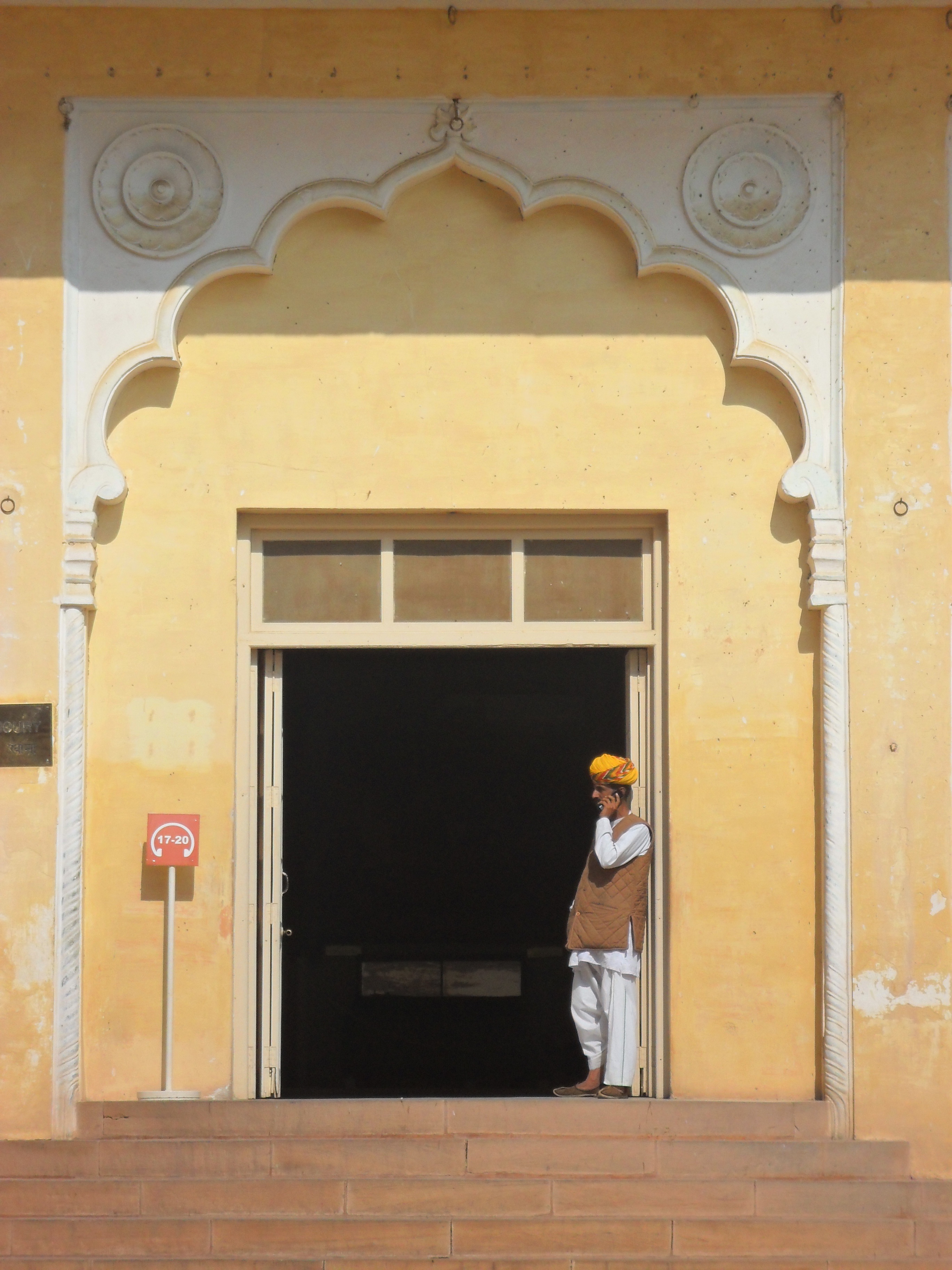-
Trustees to visit Rajasthan (Weekly blog, 20 October 2019)
Posted on October 20, 2019A blog by Catherine Leonard, Secretary-General
 Trustees meeting
Trustees meetingThis week, we confirmed that the INTO Trustees will meet in India next year. The Board generally meets by teleconference on a quarterly basis. And every two years in person at the International Conference of National Trusts. But we have found that these interim meetings in the non-ICNT years are very important. They are a good way to build connections with the host trust and wider networks. They also build the sense of common cause amongst our Trustees. And are a great way to get so much more done. Our teleconferences are effective, but there’s nothing like meeting face-to-face to really get into things in more depth, like strategic planning.
In 2018, the INTO Trustees met in New York, which you can read about here. Next year, we will travel to Jodhpur in Rajasthan, where we will be hosted by Maharaja Gaj Singh, our newest INTO Ambassador.
I had the honour and pleasure of visiting India in 2010, through a British Council ‘creative networking’ grant. I’m attaching my full report here. But in thinking about the upcoming Trustees’ meeting, here are some impressions of Jodhpur from 2010.

Jodhpur 2010
First stop was the Umaid Bhawan Palace. Maureen Liebl and Amrita Singh were busy working in the new shop extension. It all looked quite chaotic to the untrained eye. But they were happy with progress since their last visit a few weeks ago.
I joined a guided tour of the Palace, complete with glass of champagne (!). And learned that the local community had built it in the early 20th Century as a sort of famine relief project. We later had drinks with the Maharaja, or Bapji, as he’s affectionately called. We talked about heritage education and research into the economic impact of a good quality heritage and environment.
The Maharaja spoke passionately about water management restoration projects. Moreover, his determination to secure water in this desert region using community-based traditional water systems to help make villages self-reliant.

Nagaur Fort
The next morning, I took the long, straight road to Nagaur. This was to be my only real view of rural India. Sadly I didn’t take it all in as I was so mesmerised by the driving and honking!
Nagaur Fort is simply beautiful and enchanting. Charming palaces (mahals), intricate wells (baoris) and water systems with fountains and cascades (chadars). Gardens and delicate balconies (jharokhas) with latticed screens (jalis) that allowed women to see events outside without being seen themselves.
The restoration process has revived traditional craft skills. The Courtauld Institute is restoring the wall paintings, generously funded by the Helen Hamlyn Trust. Much has been written about the intricacies of the work there so I won’t repeat it, but will just make three observations:
- The importance of water. Everything was designed to harvest and make the most of water, wind or a combination of the two.
- How appealing half-finished restoration work is. In ten years’ time it will be a different place. (Intriguing that I wrote this then, and will now visit ten years on!).
- No one knows all the answers.
Mehrangarh Fort

I’d been looking forward to this visit so much, having read Fiona’s account of her visit in 2007, and wasn’t disappointed. Visitor figures are now an impressive 800,000 (an increase of 200,000 since Fiona’s visit almost exactly three years ago). And the visitor experience has been extended to include a Flying Fox aerial tour around the grounds.
I enjoyed Mehrangarh so much and can understand why this is considered one of the best heritage sites in India. Without repeating all the published information about the site, there were a few things that struck me:
- The number of families visiting en masse – Grannies, children, grandchildren. All dressed up and clearly having a day out together.
- Interpretation – the audio guide is excellent .For me, the best bits were the personal testimonies of the Royal Family members.
- The Museum Shop is excellent!
The memories I took home were of a man who volunteered to be buried alive in the foundations to appease the gods. The handprints of the last widows to perform sati on their husband’s funeral pyre in 1843. Bapji’s recollection of his coronation and the great poise he showed. Raga (the combination of poetry, music and painting), and the royal palanquin (sedan chair) taken to London in 1925 to transport the then Maharani to and from her specially curtained Rolls Royce. (This strict observance of purdah of course caused a wave of curiosity and everyone wanted a photograph. The best the paparazzi could manage was a shot of her ankle, which was duly published but the outraged royal party from Jodhpur bought up every edition of the paper!)
Trustees meeting in 2020
We will visit all these venues again next year as part of our meeting. I can’t wait to see how they’ve been transformed in the ten years since my visit!

 44 (0)20 7824 7157
44 (0)20 7824 7157